Srixon Z-Star and Z-Star XV
Srixon’s new Z-Star and Z-Star XV balls feature an inside distance story fuelled by power and an outside spin story so detailed it reaches the supramolecular level. The point? To make balls for better players, you need complex constructions.

That construction includes the three-piece Z-Star and the four-piece, dual-core XV. Both balls feature core designs that start soft but get decidedly firmer towards the perimeter to give higher swing speed players more potential for longer driving distance. It’s what the company is calling the “FastLayer” core. Enhancing the distance component of both balls is a new firmer, highly repulsive mantle layer to create more ball speed potential and high launch with low spin on the longest shots.
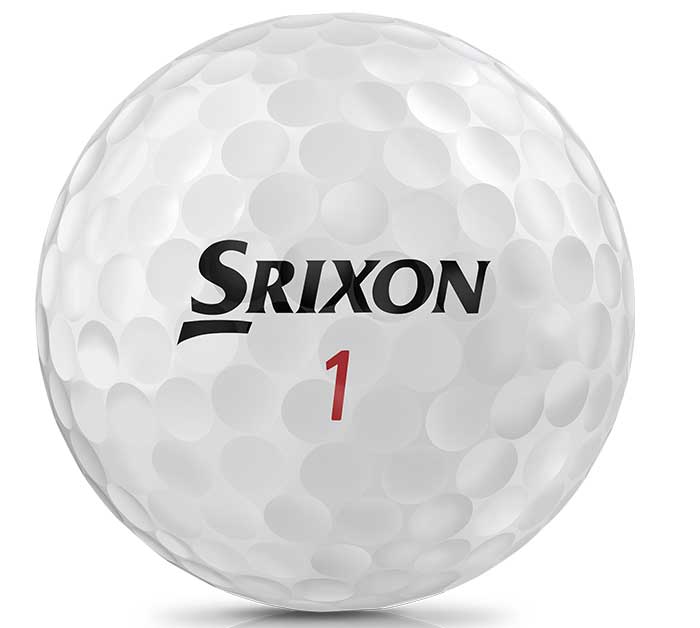 The Z-Star and Z-Star XV measure at a higher compression than some of the competitive balls in the tour-ball marketplace, with the Z-Star at a 90 compression and the Z-Star XV at 102. Srixon engineers make the argument that the best players with above average swing speeds need a firmer core for the best performance.
The Z-Star and Z-Star XV measure at a higher compression than some of the competitive balls in the tour-ball marketplace, with the Z-Star at a 90 compression and the Z-Star XV at 102. Srixon engineers make the argument that the best players with above average swing speeds need a firmer core for the best performance.
“The exceptional ball speed and distance of both Z-Star offerings are driven by the new FastLayer Core technology, producing both outstanding ball speed and launch conditions tuned for the high swing-speed, better player,” said Jeff Brunski, vice-president of research and development.
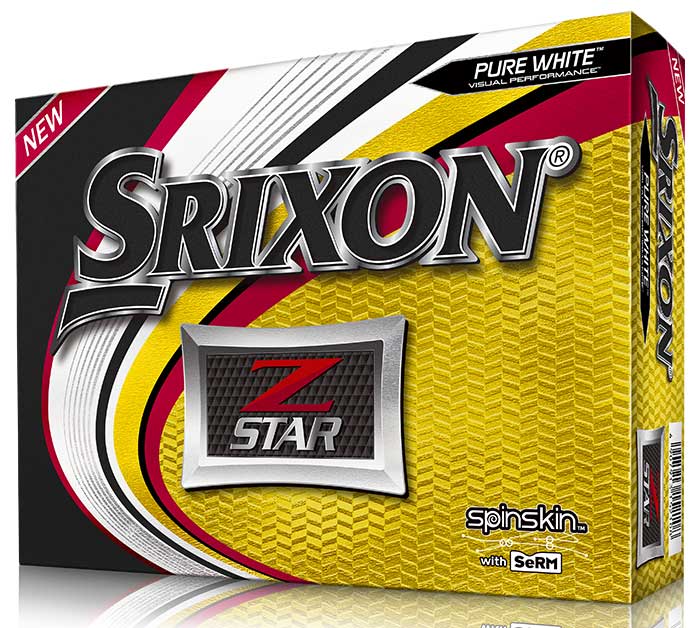
Core technologies, however, are the basics of golf ball design. It’s what Srixon is doing with its urethane cover that involves something outside of the ordinary, including what’s known as a “super molecule”. Firstly, its ultra-thin urethane cover design (just 0.5 millimetres thick) means the Z-Star balls use less of the naturally slow urethane material in the ball’s design. Secondly, while a thicker urethane cover might more easily get into the grooves of short irons and wedges for more spin, the Z-Star balls’ thin covers get an extra coating designed to create more friction for more spin.
This treatment, the company’s “SpinSkin”, is now in its fourth generation, but it’s been updated with use of a new superpolymer. Known as SeRM or “Slide-Ring Material”, this enhancement changes the molecular structure of the coating to create stronger and more flexible molecular bonds that give at impact taking on what Srixon calls “unprecedented levels of shearing force”. Srixon engineers says this material allows the thin cover to penetrate the grooves for better grab and spin control on approach shots and shorter shots around the green.
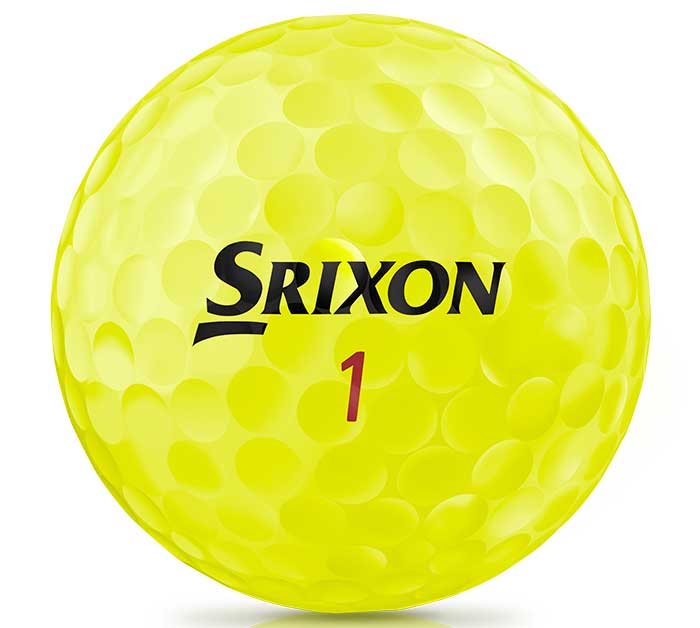 The revolutionary slide-ring material compound was discovered and perfected at the University of Tokyo in the 1990s and has been the subject of dozens of academic papers over the years. It’s been used in coating materials for automobiles, mobile phones and laptops, sound absorption in speakers, fishing rod design and even in anti-seismic materials to mitigate damage to buildings in earthquakes.
The revolutionary slide-ring material compound was discovered and perfected at the University of Tokyo in the 1990s and has been the subject of dozens of academic papers over the years. It’s been used in coating materials for automobiles, mobile phones and laptops, sound absorption in speakers, fishing rod design and even in anti-seismic materials to mitigate damage to buildings in earthquakes.
“SeRM is an extremely flexible material,” Brunski said. “Never before has Srixon combined so many technologies in one golf ball, to produce more friction for more spin around the green.”
The new Z-Star balls are available now with an RRP of $59.99. per dozen in both white and yellow. Visit Srixon.com.au for more information
Volvik Tour S3/S4
The new Volvik Tour S3/S4 golf balls – unlike the company’s proven trend of a rainbow array of colour options – will only be offered in one hue other than white. It is a not so subtle indication that this is the company’s most serious technology ball, played and preferred by tour and elite-level players.
According to the company, neither ball is recommended for swing speeds of less than 95 miles per hour.
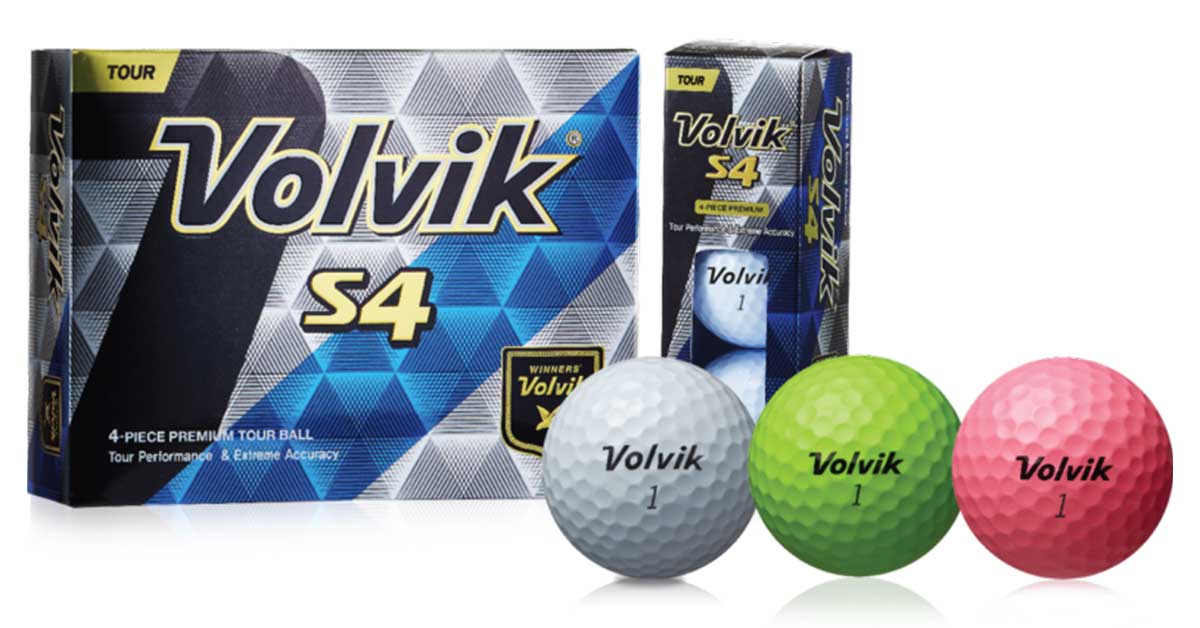
Both balls feature the company’s patented mixed bismuth rubber core construction. Bismuth is a rare heavy metal that is used in the outer portion of the core to improve resiliency and energy transfer. It also adds density to the core formulation, pushing more mass towards the outside of the ball to increase the ball’s moment of inertia. The theory is that a ball with more mass towards the cover will maintain its level of spin, whether it be the low spin off a driver or the high spin off a wedge. This yields what the company calls better “lift generation” for longer carry distance and also better control on approach shots.
The Tour S3/S4 feature a multilayer construction and like the name implies the S3 is a three-piece construction (core, mantle and cover), while the S4 is a four-piece design with a dual core. Opposite of most tour-level balls, the Volvik approach to a dual core is to combine a solid inner core with a soft outer core. The solid inner core “optimises distance by transferring the power from the more solid inner core to the softer outer layer instead of transferring inertia from a soft inner core to a solid outer layer”.
The slightly lower compression (85) Tour S3 is designed to produce mid-launch and mid-spin and is aimed at swing speeds between 95 and 110 miles per hour. The firmer (90 compression) Tour S4 offers a higher launch/low spin driver performance profile and is geared towards swings faster than 105 miles per hour.
Both balls feature the company’s VU-X urethane cover, which was seen first on last year’s Vivid Soft line.
The Tour S3 is available in white or orange, while the Tour S4 comes in white or green.
Visit championsports.com.au for more information.
Bridgestone e12
The new Bridgestone e12 balls, the newest offering of three-piece surlyn-covered products in the company’s average-golfer-targeted “e” family of golf balls, embody a technology that seems to turn the typical innovation flow chart on its head. Instead of developing elements for tour-played balls and then retro-fitting them for the paying customers, the e12 puts the rank-and-file first.
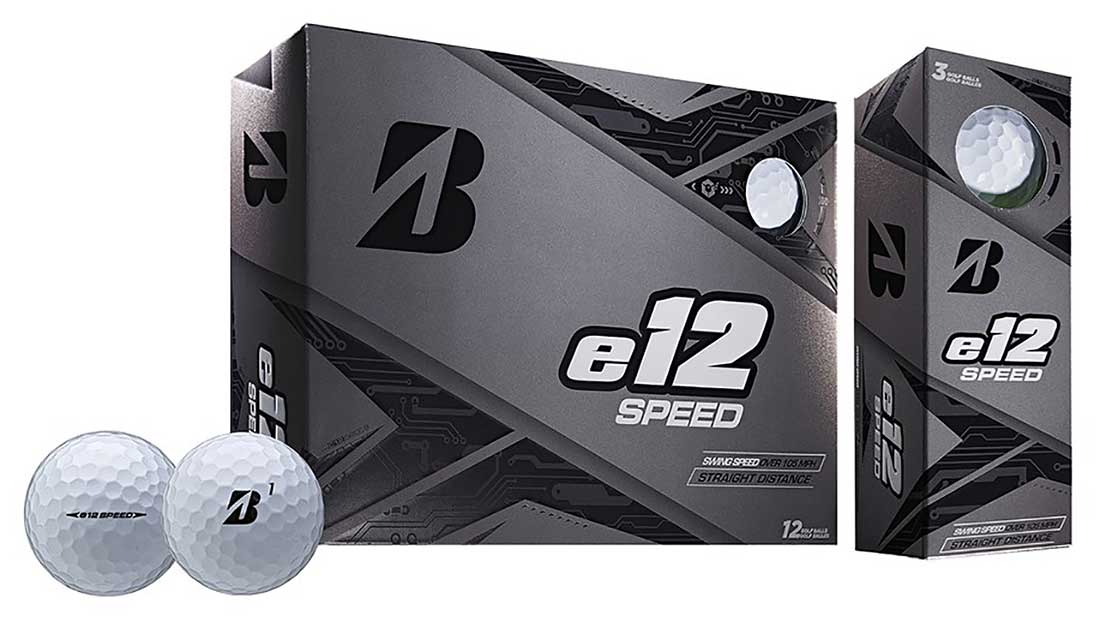
Like their decade-long successful predecessor, the e6, the new Bridgestone e12 Soft and e12 Speed, feature low-compression cores designed to produce lower-spinning balls that provide better distance and straighter flight, or what Bridgestone’s Elliot Mellow better describes as “forgiveness”. The key to their improved performance over the e6 line, though, is a change in thinking and in the trendline for this category of golf ball, he said.
“Obviously, the trend at that distance category has been soft, soft, soft,” Mellow said, noting the findings behind the new e12 were one important outgrowth of the company’s 12 years of ball-fitting data and more than 2.5 million average-golfer swings. “But what we’ve started to see is that while ‘soft’ is a positive from a feel standpoint, it’s becoming a detriment from a feel standpoint. A lot of these soft balls were getting so soft that they were losing ball velocity.
“So how do we maintain the feel but put them in a faster moving construction?”
The difference lies in the layer between the softer rubber core and the cover. The new mantle is made of a compound that “provides a more cohesive bond” to deliver more energy at impact, Mellow said. “In the past where we relied on the core exclusively for the velocity, we now have the core and the mantle working in conjunction.
“In a way, we have two engines in the golf ball now. If we had just made the core firmer, we might have had the performance, but we wouldn’t have had the feel.”
This mantle technology, what the company calls “active acceleration mantle”, represents a shift in how technology is typically focused in golf balls.
“It is a little unconventional to bring a new flagship technology to the non-tour category, but we felt it was necessary to deliver upon the distance plus the soft feel we were trying to achieve,” adds Mellow. “Quite honestly, I’m amazed that we put it on the ‘e’ ball. It’s usually the type of innovation we would reserve for the tour category.”
The two new balls will feature different compressions with the e12 Soft at about a 50 overall compression and the e12 Speed about 75. The e12 Soft is targeted at swings slower than 105 miles per hour, while the e12 Speed is for the faster swing speed player. Both balls are designed to reduce sidespin for straighter tee shots.
The new balls ($49 per dozen) are in stores now, with the e12 Soft also offering three non-traditional colour options (matte green, matte red and matte yellow).
Visit bridgestonegolf.com.au for more.
Callaway Supersoft Magna
Perhaps the most interesting of the three new golf balls released by Callaway this year is the new Supersoft Magna, an oversized ball aimed at everyday players looking for a ball that might improve launch and solid contact.
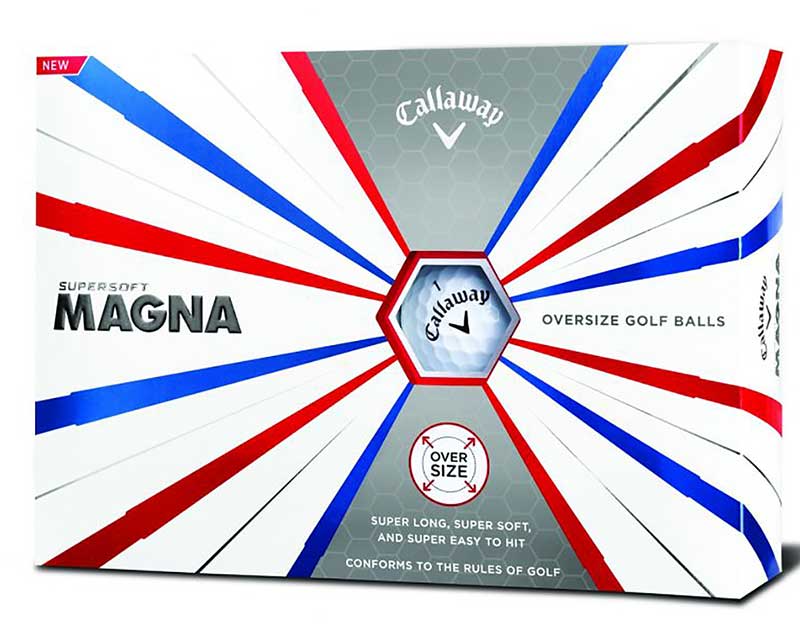
The oversized Magna franchise was introduced a quarter of a century ago with the idea of straighter flight and forgiveness, and this iteration brings the soft feel, low-spin, low-compression benefits of Supersoft with the visual benefits of a larger ball. The original Magna was 1.72 inches in diameter, versus most standard golf balls which are 1.68 inches in diameter. (There is no rule on the maximum size of a golf ball; it simply cannot be smaller than 1.68 inches.) The Supersoft Magna is 1.732 inches in diameter.
A larger ball means the ball’s centre of gravity would be higher than a standard ball, approximately 0.026 inches in the case of a Magna. The more the centre of gravity of the club at impact is below the centre of gravity of the ball, the more backspin will be reduced. Less backspin means more of the ball’s energy is directed towards moving forward than spinning. In a word, more distance.
A lower centre of gravity also can help the ball launch higher. Of course, it also means there are different aerodynamic challenges for Callaway’s patented hexagonal-shaped dimples in terms of size and pattern, says Dave Bartels, the company’s golf ball R&D boss.
“Cross-sectional area being bigger it creates more drag so on the technical side we really spent some time developing the HEX aerodynamics to really mitigate and reduce as much as possible that extra drag,” he said.
The Supersoft Magna is designed to be average-golfer, slower-swinger friendly with its soft compression.
“It’s built on the same chassis as Supersoft, with extremely low compression,” Bartels said. “The cover is a little bit thicker on Magna to make up for the extra size and what both of those things do in combination is they help the ball launch higher and with very low spin.”
Bartels said the appeal is that the oversized ball looks almost like it’s teed up in the fairway, which inspires confidence in average golfers.
“We were seeing the quality of the shot was better,” he said. “Some golfers who don’t generally have solid contact are gaining the ball speed and better launch conditions by making better contact off the centre of the clubface.”
The Magna Supersoft is available now at an RRP of $37.99. See callawaygolf.com.au for more information.




